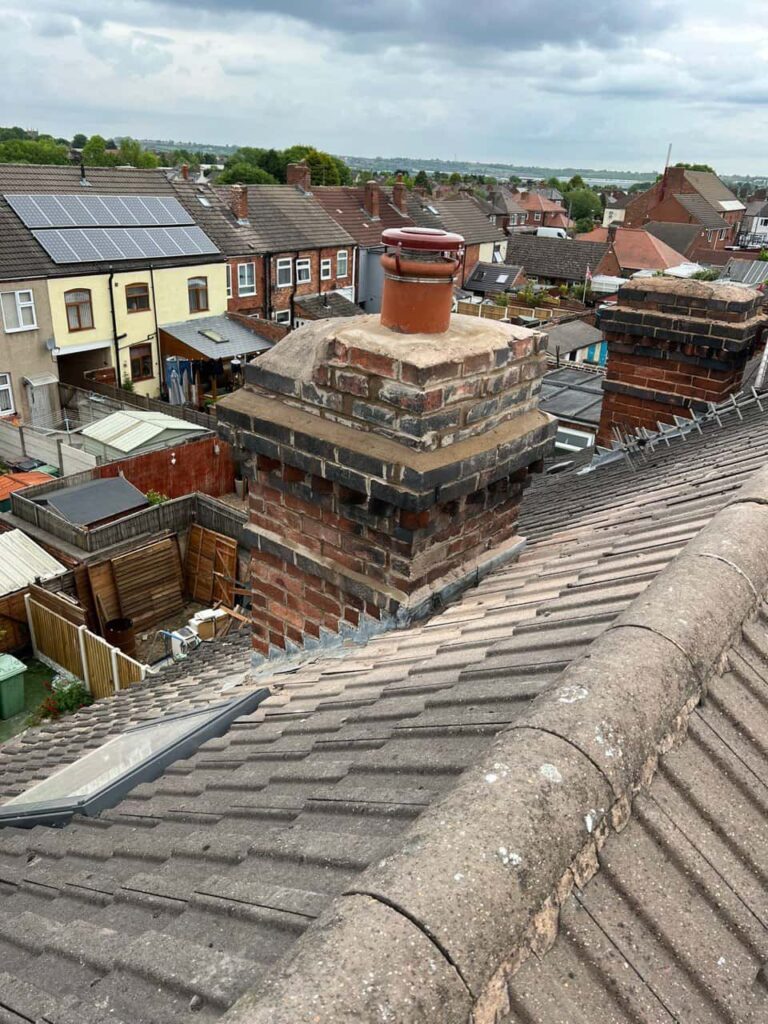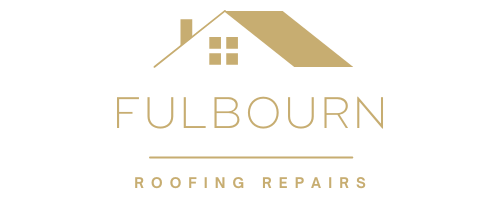Introduction: Understanding the impact of nearby trees on your roof’s integrity is crucial for homeowners in Fulbourn. While trees offer aesthetic appeal and shade, they can also pose risks to your roof, potentially leading to leaks and damage if not managed properly. At Fulbourn Roofing Repairs, we explore how trees can affect your roof and offer practical tips to mitigate these risks effectively.
1. Fallen Debris
Trees shed leaves, twigs, seeds, and even small branches throughout the year. When debris accumulates on your roof, especially in valleys and gutters, it can block drainage pathways. This blockage prevents proper water flow during rain, leading to water pooling and potential leaks.
- Tip: Regularly clean your gutters and inspect your roof for debris buildup. Consider trimming overhanging branches to minimise the amount of debris falling onto your roof.
2. Physical Damage
Tree branches can break off and fall onto your roof during storms or strong winds. Large branches can puncture or crack roofing materials, leading to immediate leaks or weakening of the roof structure.
- Tip: Trim back branches that extend over your roof to reduce the risk of physical damage. Prune trees regularly to maintain their health and structural integrity.
3. Moss and Algae Growth
Shaded areas of the roof, particularly those under trees, are prone to moss and algae growth due to reduced sunlight and increased moisture retention. Moss can retain moisture against the roof surface, accelerating the deterioration of roofing materials and creating entry points for water.
- Tip: Monitor shaded areas for moss and algae growth. Use appropriate treatments or consult with roofing professionals to safely remove moss and algae without damaging the roof.
4. Gutter and Drainage Issues
Overhanging branches can drop leaves and debris directly into gutters, causing blockages that prevent proper water flow. Blocked gutters can lead to water overflowing onto the roof or backing up under roof edges, increasing the risk of leaks and water damage.
- Tip: Install gutter guards to prevent leaves and debris from entering gutters while allowing water to flow freely. Regularly inspect and clean gutters to maintain optimal drainage.
5. Root Damage
Tree roots can extend far beyond the canopy, potentially causing damage to underground drainage systems or even your home’s foundation. In extreme cases, roots can disrupt the stability of the ground beneath your home, leading to structural issues that may indirectly affect your roof.
- Tip: Consult with an arborist or landscaping professional to understand the root systems of nearby trees. To minimise root-related risks, consider planting trees safely from your home.
Conclusion: While trees provide numerous benefits, including shade and aesthetic appeal, they can pose significant risks to your roof if not managed properly. At Fulbourn Roofing Repairs, we recommend proactive maintenance and strategic tree management to reduce the likelihood of roof leaks and prolong the lifespan of your roofing system. Regular inspections, gutter maintenance, and tree trimming are essential for safeguarding your home from the potential impacts of nearby trees.
Call us on: 01223 659 397
Click here to find out more about Fulbourn Roofing Repairs
Click here to complete our contact form and see how we can help you with your roofing needs.

